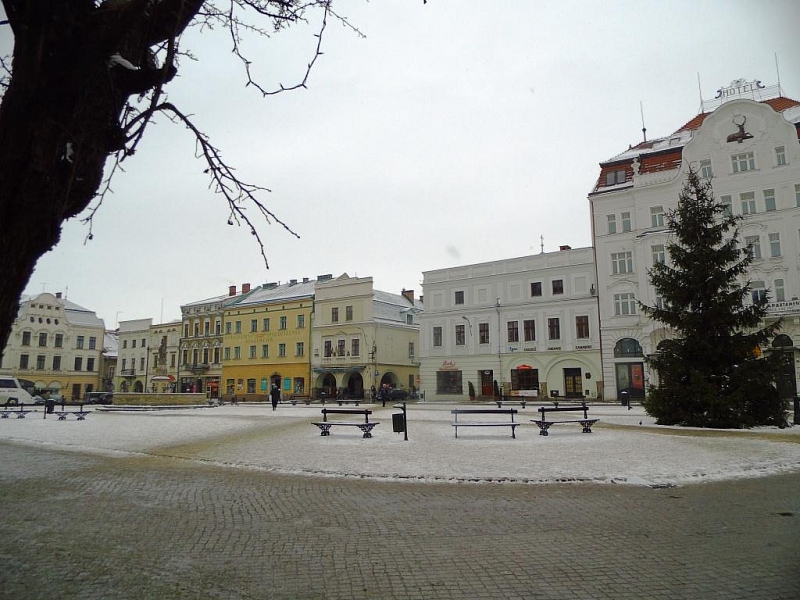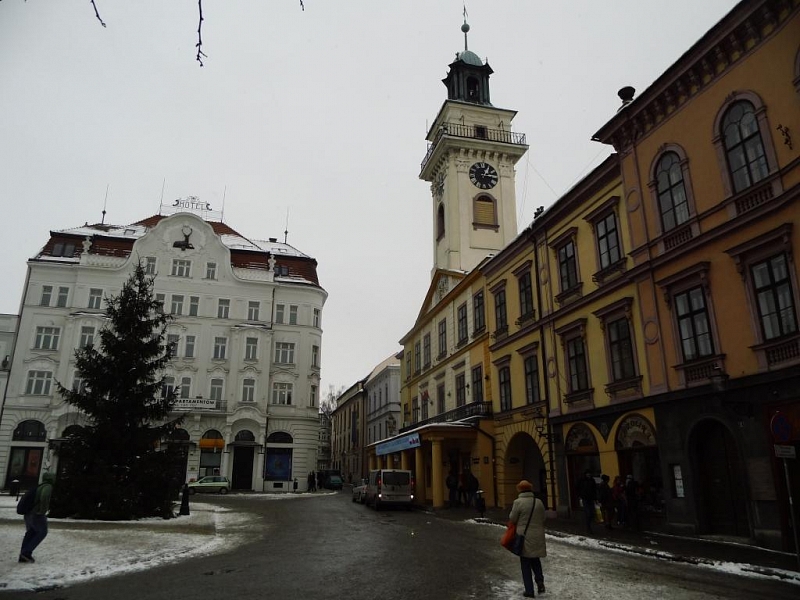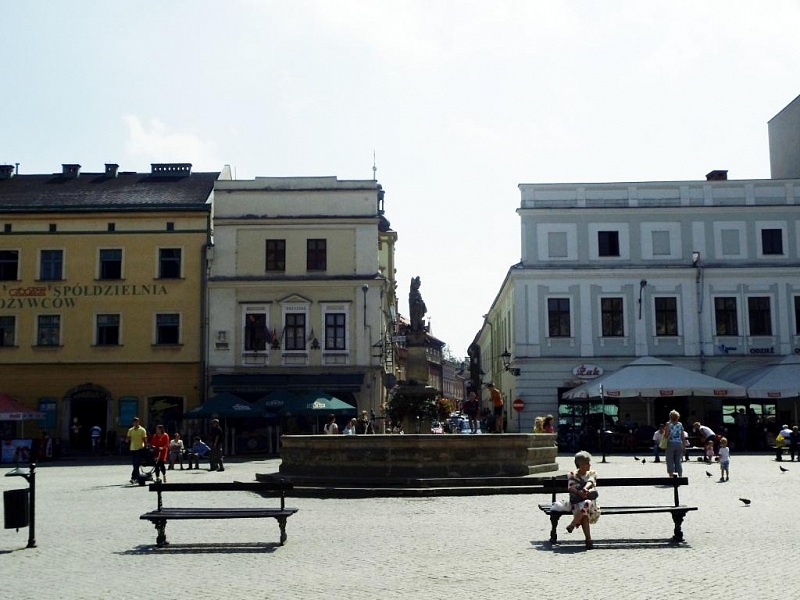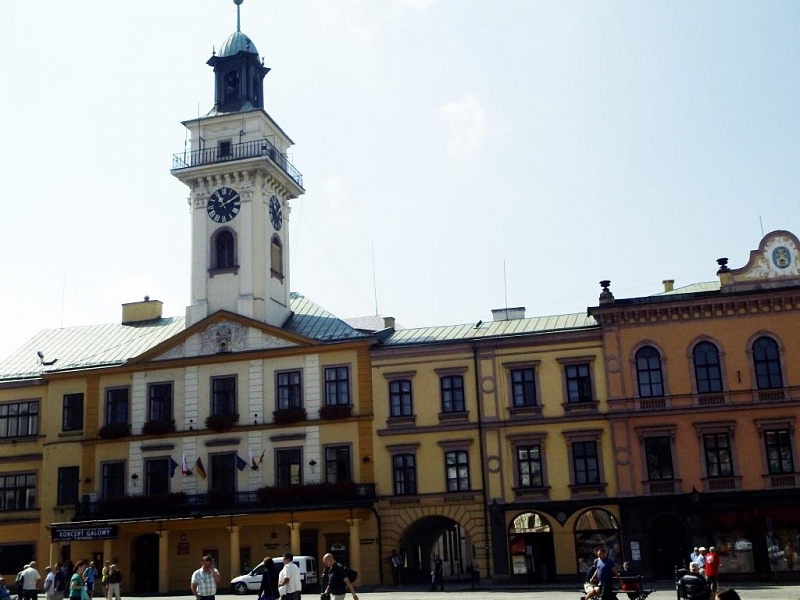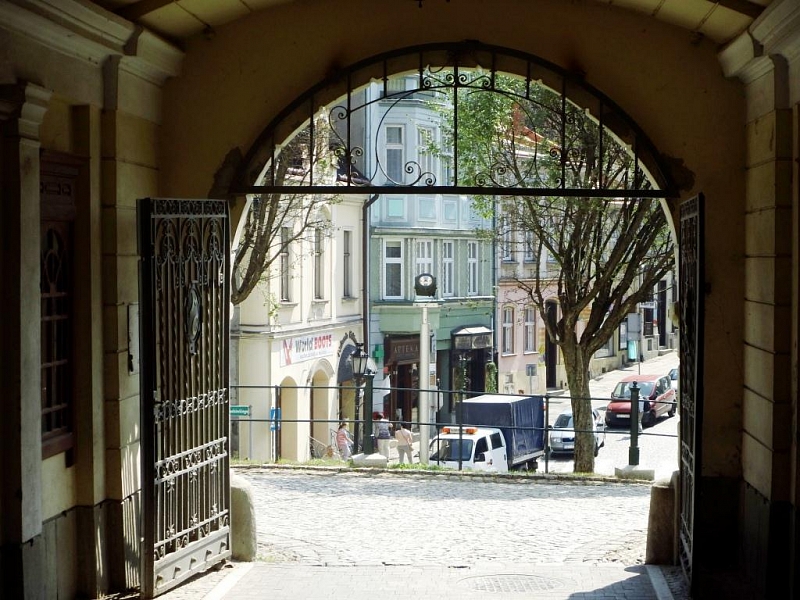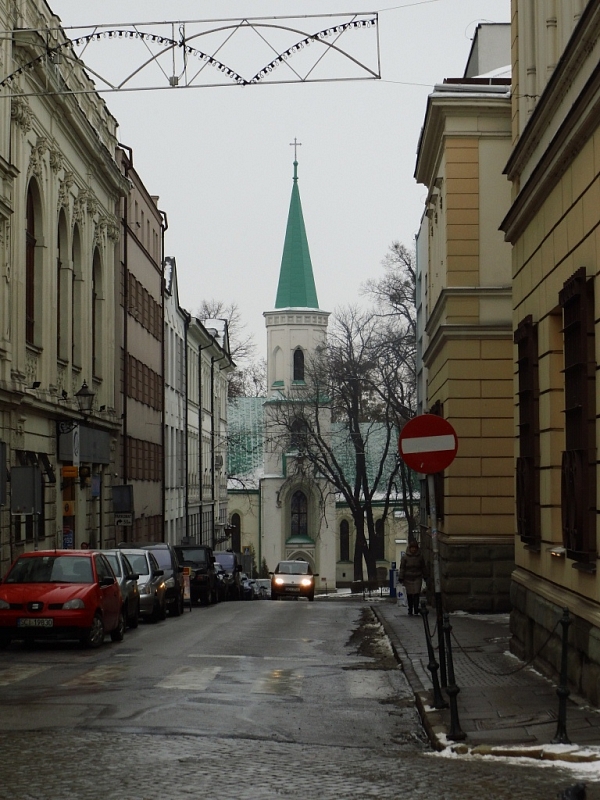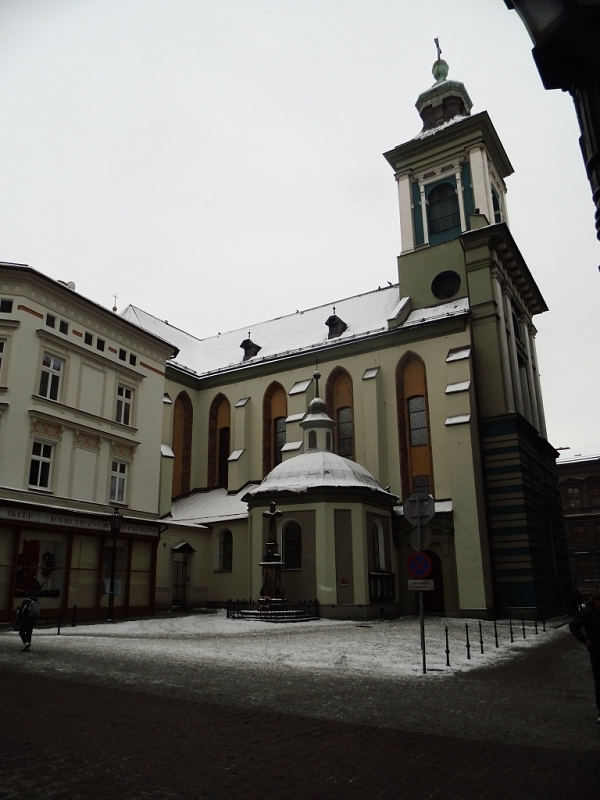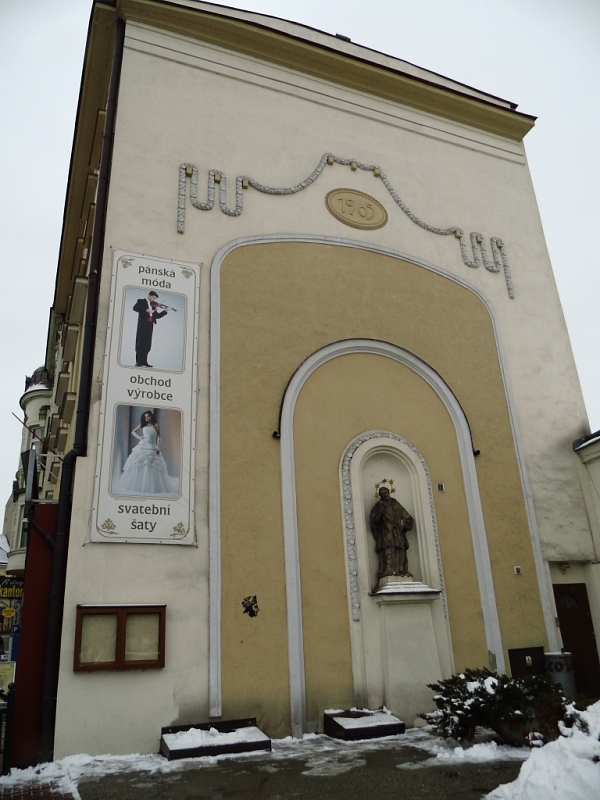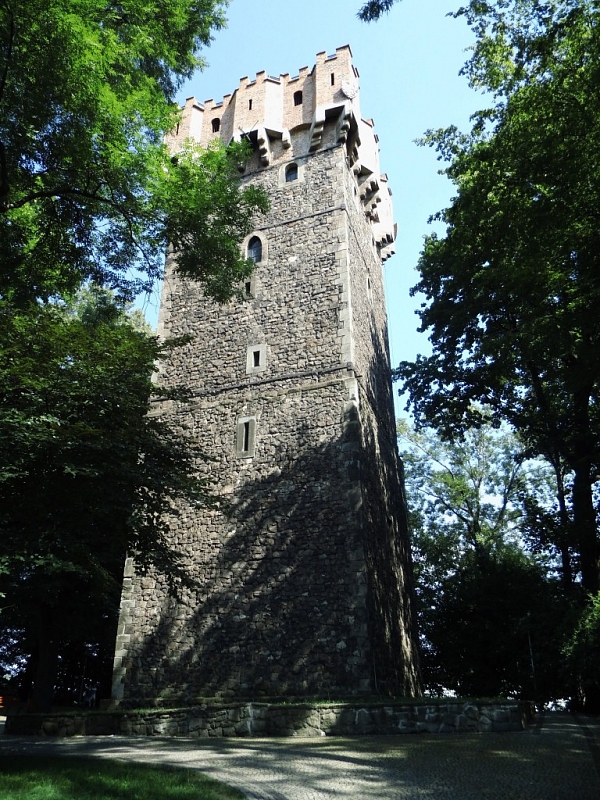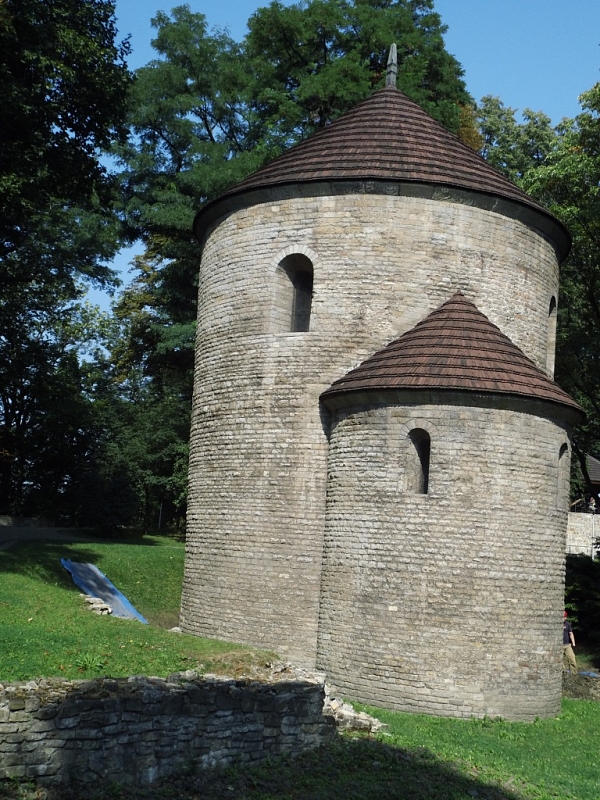Český Těšín
In the history of Silesia, more than the 8th century BC, you would look for Těšín somewhere completely different from today. The original Starý Těšín was located near Chotěbuz (in the Czech Republic). The relocation to the area around Zámecký vrch (now Poland) took place in the eleventh century AD. Even though a fortified settlement stood here six centuries BC.
Information for visitors
Interesting facts Český Těšín
Cieszyn was the only Silesian town located on both sides of the Olše River. The fact is, however, that the oldest part is now located in the current Polish part. The division of Poland took place in 1920, thanks to the decision of the Ambassadorial Conference on the division of the disputed territory of Cieszyn between the newly emerging Czechoslovakia and Poland. At the same time, the entire original industrial part of the city and a large train station remained in the Czech Republic. This decision was more than unfortunate, because the hitherto prosperous large city, which was of great importance in both Poland and the Czech Republic, was thrown into bankruptcy. This meant the end of tram transport, which already functioned here at the turn of the century, and it also meant cutting off from the outside world. Families were suddenly divided between the two states, and the path to the original work suddenly ceased to exist. Polský Těšín lost an important industry and railway (to this day there is only such a small dilapidated railway station) and Český Těšín was uprooted, its historic center, administrative offices and cultural and social facilities were taken away.
Cieszyn used to be an important transport hub, from where trains ran in all directions. There were construction companies and a huge printer. This character has remained here to this day, it is on both sides, but it has remained somewhat fragmented.
The city was reunited during World War II. However, it was a somewhat violent form. In 1938, the Polish government gave an ultimatum and abused the weakening of the Czechoslovak Republic after the Munich Agreement. The Czech side of Cieszyn was thus occupied by Polish troops and the city was again connected with the original Cieszyn. During the war, it was called the Czech Cieszyn - Western. A large prisoner of war camp was built on the territory of Český Těšín, in the place where during the First World War he stood for a change of infirmaries. Prisoners from France, Yugoslavia, Belgium, Great Britain, the USSR, Poland and Italy ended up in the camp. And even though no war operations took place directly in Těšín, the town was severely damaged during the war. Many factories that were looted, as well as offices, banks, hospitals and school institutions, disappeared.
After the end of the war, the city was again divided and became the Czech Republic's most important connection with Poland. At present, the situation is that even though Těšín is still divided into two halves, both parties cooperate with each other and organize many joint events, festivals and the like during the year. The museum expositions follow each other and people from Český Těšín have been fighting for many years for the word "Czech" to be abolished.
Note
Since that sixth century BC, the owners of Těšín have changed. Once they were Polish princes and other times Czech rulers. It is therefore difficult to say whether it is really a purely Czech or Polish city. Especially when we take into account the fact that in 1920 a whole nation was divided between the newly emerging Czechia and Poland. They cut it into pieces like an apple without the deeper idea that people had lived here as a single nation, one family. It was not a small nation, although today most of them are on the Polish side. And maybe that's why it's necessary to look at it a bit whole.
So if you will ever be in Cieszyn, whether Czech or Polish, don't forget to stay for a while.
Author: Adriana Dosedělová
